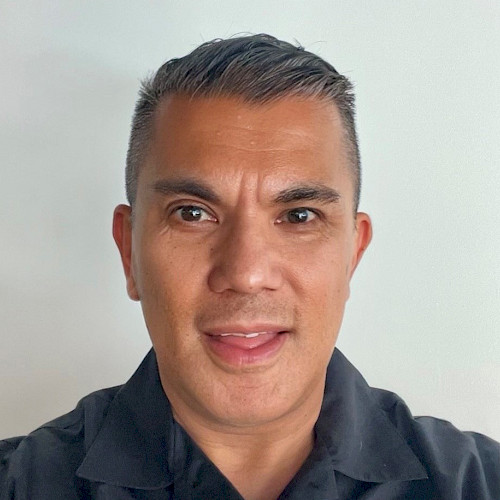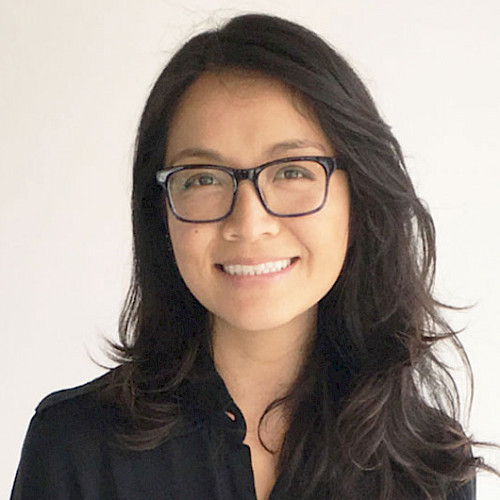Empathy. Beauty. Quality. Follow-through.
Empathy. Beauty. Quality. Follow-through.
Winder Gibson Architects designs projects that bring beauty into the world through a poetic sense of space and light, the careful use of materials and detailing, and by embracing the reality of practical needs and the daily lives of those who inhabit them. Our unique strength is understanding how the social flow of a building works—the pattern of living—and how we transform this knowledge into a beautiful and inspiring finished project. We focus on real people and their real-world needs, understanding and serving our clients through careful listening and clear communication.
THE FIRM
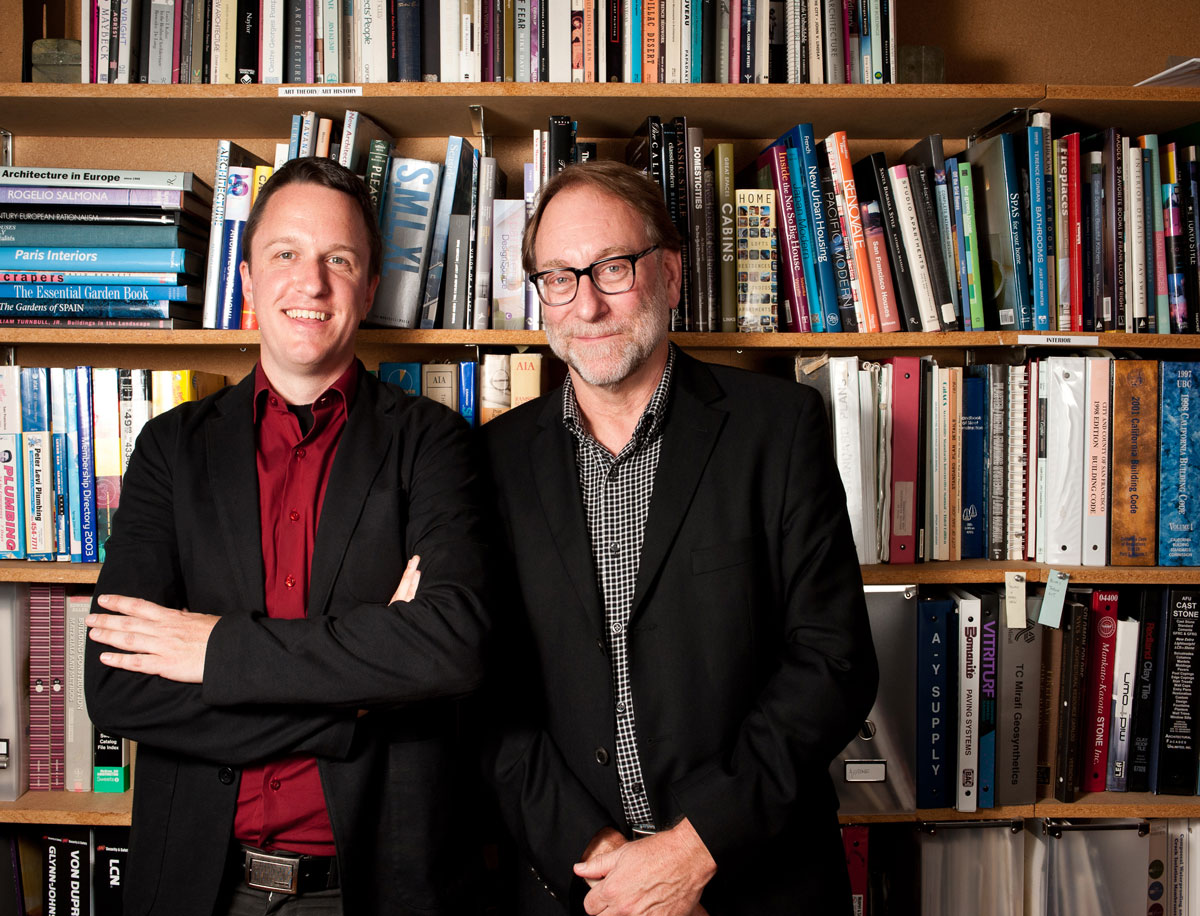
Founded in 1987 in San Francisco, Winder Gibson Architects works on projects throughout the Bay Area, Wine Country, Northern California, Hawaii and beyond. We take conceptual and design-oriented projects from idea to completion through strong project management skills, client communication, and code knowledge. We aim to satisfy and surprise our clients with innovative solutions to both common and exceptional problems.
Our firm provides a full range of architectural services, including design, planning, programming, permits, project management, construction administration and assistance with the bidding process. We have extensive experience with the complex permitting requirements in San Francisco and the Bay Area and have forged deep relationships and strong institutional knowledge that allows us to advocate for our clients, realizing buildings that other architects would not be able to get approved.
WHO WE ARE

John Winder
Partner
/
winder@archsf.com
415-318-8634 x102
John is a founding member of Winder Gibson Architects, leading its evolution from the original firm started in 1987 to its current partnership in 2006. John has extensive experience in a variety of contexts, scales and programs, ranging from the wine country of Napa and Sonoma counties to San Francisco and the local communities in Silicon Valley. John takes pride in the firm’s reputation for superior design skills and team execution of projects with strong management, client communication, code, and regulation knowledge, all ultimately leading to innovative and effective design solutions.
Passionate about the intersection of art and public space, John has unique experience in the public art field, including significant projects around Northern California with respected artists Vito Acconci, Nobuho Nagasawa, Mildred Howard, Tomie Arai and Leslie Shows. John holds a BA in Architecture and a BA in Art History, both from UC Berkeley. He is a licensed architect in California.

Geoff Gibson
Principal
/
gibson@archsf.com
415-318-8634 x103
Geoff is a partner and founder of Winder Gibson Architects with a focus on visioning, leadership, and mentorship. Under Geoff’s guidance, WGA has developed a strong reputation for design quality, technical execution, and excellent project management with a client-centric approach. WGA has grown in staff, structure and project size, with expertise in custom single-family and multifamily architecture, while maintaining a boutique approach and a team-oriented collaborative culture. Geoff has presented at numerous conferences, AIA home tours, and local design schools and has been featured in local media frequently.
Geoff received his architectural degree from McGill University in Montreal and has lived in San Francisco for more than 20 years. He is a licensed architect in the State of California and taught architectural design at the Academy of Art University for many years. In his spare time, he enjoys travel, interior design and cooking with his wife. In a cooler past life, Geoff was a DJ, playing house and techno music at clubs and festivals.
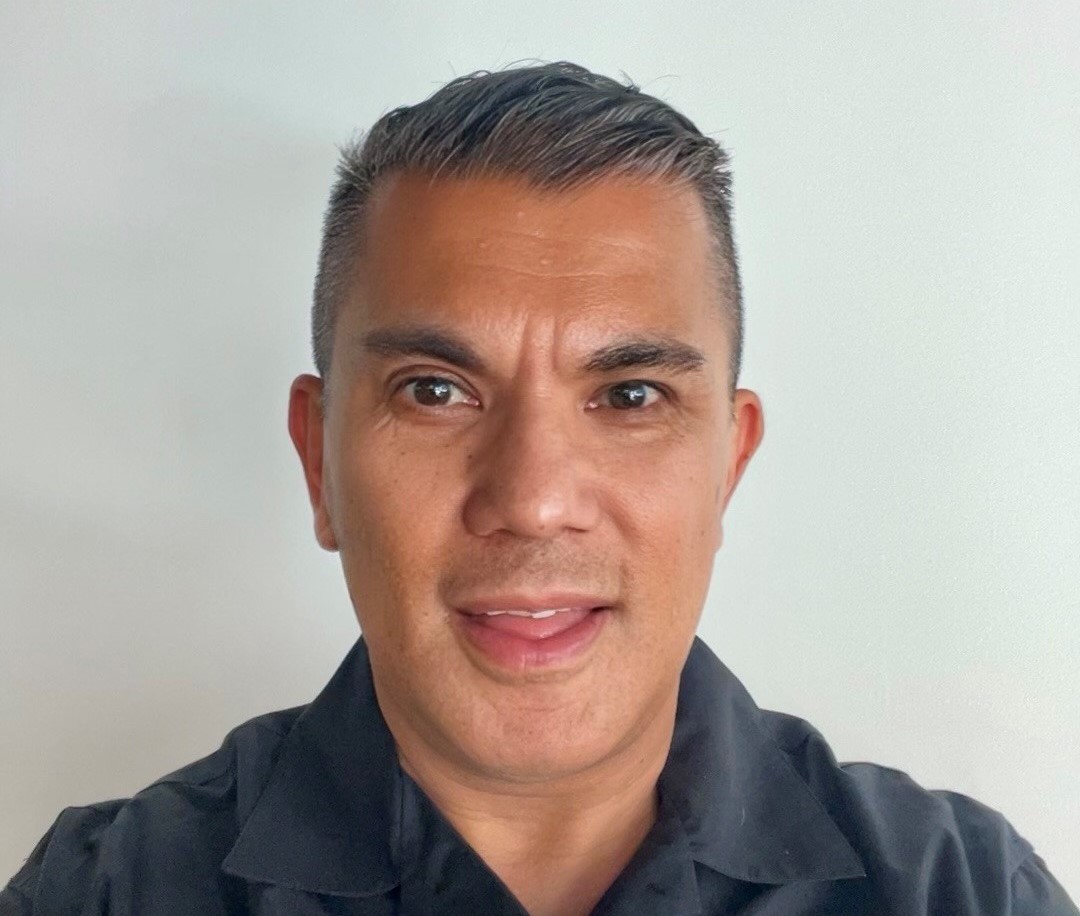
Daniel Villanueva
Director of Interiors | Project Manager
/
villanueva@archsf.com
415-318-8634 x104
Daniel is Winder Gibson’s Director of Interior Design, working closely with our clients and project teams to manage communication and development of projects’ design and documentation. Recognized for his ability to blur the lines between interior design and architecture, his ethos has always been to approach the design of a space as one holistic vision while questioning conventional assumptions. From cabins and single-family homes to commercial spaces and multifamily, each project represents a unique opportunity for creative conception and bespoke solutions.
Daniel brings with him over 20 years of experience, with a focus on contemporary residential design. He holds a Master of Architecture degree from the University of British Columbia. He also is avid runner, running marathons all over the globe when permitted by his rescue pompoodle and French bulldog, Chesa and Chewie.
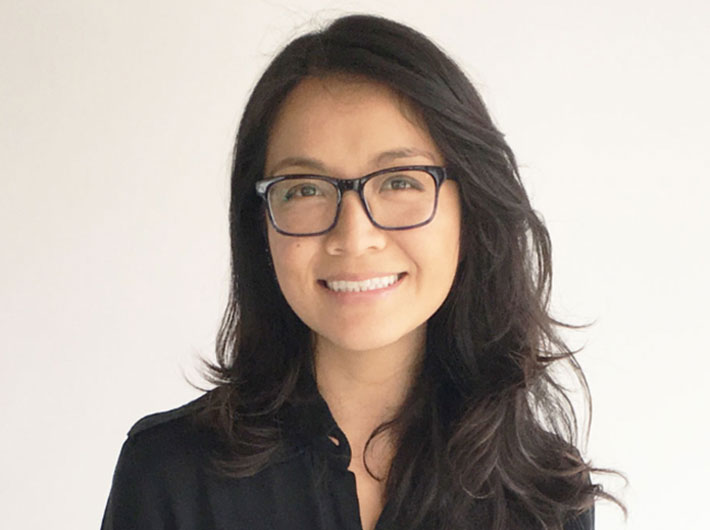
Kaileen Yen
Studio Director | Project Manager
/
yen@archsf.com
415-318-8634 x113
Kaileen is the Single-Family Studio Director at Winder Gibson Architects. She has more than 15 years of experience in the Bay Area working on large commercial projects and residential homes. As a firm leader, Kaileen excels at solving design puzzles at all scales and complexities. She believes that the best design solutions are accomplished by listening, working as a team, and designing toward a more sustainable future.
Kaileen graduated from Rice University in 2008 with a Bachelor of Architecture and is a licensed architect in the State of California. Outside of the office, Kaileen enjoys running and spending time outdoors with her young family, and two small dogs, Bernie and Diggity.

Miki Hirai
Studio Director | Project Manager
/
hirai@archsf.com
415-318-8634 x105
As Studio Director leading teams on WGA’s multi-family projects, Miki Hirai also manages single-family projects and appreciates collaborating with teammates, clients, consultants, and contractors. She is inspired by the process of architecture, from nebulous concepts to functional living spaces that people can experience and enjoy. Miki has enjoyed exposure to various project types, such as campus planning, institutional community centers, senior living, affordable housing, commercial spaces, and litigation investigations. As a licensed architect, Miki enjoys solving the puzzles of space planning, refining the form of a structure, and the teamwork involved in resolving the nuts and bolts of waterproofing details.
After landing at Florida State University for a diving scholarship, Miki pursued a BS in Interior Design. She then received a Master of Architecture from the Georgia Institute of Technology in Atlanta and immediately relocated to follow her dreams of living and practicing Architecture on the West Coast. Outside work, Miki enjoys fashioning festive costumes for her son and bernadoodle pup, creating purposeful ceramics gifts, and learning from home-improvement projects. Best of all, Miki loves exploring cities via bicycle, relaxing at a beach hangout, and adventuring in the mountains with her family.
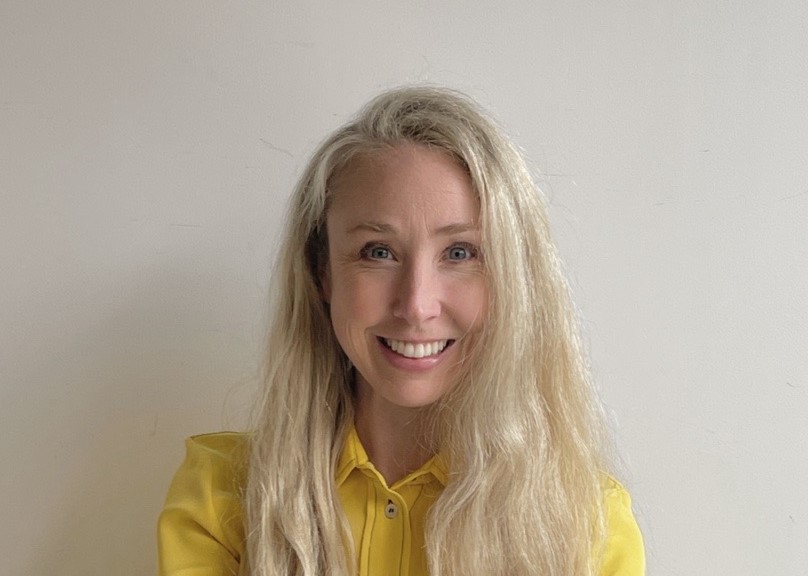
McCall Wood
Project Manager
/
wood@archsf.com
415-318-8634 X116
McCall Wood is a Project Manager and a Senior Job Captain at Winder Gibson. She brings over a decade of interdisciplinary experience in healthcare, senior living, and urban design projects. She has a passion for biophilic design and before joining WGA, she enjoyed speaking at conferences and researching on the concept. She leverages her previous experience to elevate WGA projects to better support aging in place, connection to nature, and human health and well-being.
She earned her Master of Architecture with a focus in Biophilic Design from the University of Oregon and a Bachelor of Arts in Architecture with a minor in City and Regional Planning from the University of California, Berkeley. She is a licensed architect in the State of California and is also WELL AP accredited. Between her undergraduate and graduate work, she taught snowboarding at Mammoth Mountain! McCall strongly believes the “home” can inspire, heal, connect, and delight and approaches each project holistically to blend building, interior, and landscape to support these human experiences.
In her spare time, McCall enjoys running single track trails on Mt. Tamalpais, procuring unique secondhand items, and sunbathing.

Harsha Pelimuhandiram
Job Captain
/
harsha@archsf.com
415-318-8634 x108
At Winder Gibson, Harsha is a Job Captain who focuses on multi-family projects that demand a high level of technical competence in solving complex problems. He has worked on a variety of buildings, from smaller 3-unit conventional framing to large 100+-unit Type III-A over Type-I podium buildings of mixed-use. Harsha also enjoys designing, permitting and overseeing the construction of single-family homes where he interacts closely with clients.
Harsha holds Bachelor’s and Master’s degrees in Computer Science. His graduate thesis and publications are well referenced in the area of distributed computing, and he previously worked at Oracle Corporation where he rose to the position of project leader. He later moved to Siebel Systems, Inc. where he was a key contributor to the company’s growth from a hundred employees to over 10,000 worldwide. In 2003, Harsha left the world of high-tech to earn a Master’s degree in Architecture.
Outside of work, Harsha enjoys traveling and has visited more than 55 countries. He was born in Sri Lanka and now lives in San Carlos with his family and their tuxedo cat, Juby.

Nathaniel Wong
Job Captain
/
wong@archsf.com
415-548-2039 x114
Nathaniel joined the Winder Gibson team in 2018 as an architectural designer and continues to work for the firm as a Job Captain. His passion and ideology of how architecture engages and affects the way a person lives brought him into residential design. He earned a bachelor's degree in Architecture from The University of Arizona, and uses his experience from previous roles as well as his time at Winder Gibson to help progress each phase of the project quickly and efficiently. He believes architecture has a significant impact on the way people live and focuses on how they can live their best life through architecture.
Raised in the Bay Area, in his free time, he enjoys activities ranging from furniture making and painting, to cooking, hiking, and reading.

Farhaan Khan
Job Captain
/
khan@archsf.com
415-318-8634 X109
Farhaan is a Job Captain that oversees quality control and coordination for the firm’s single-family and multi-family residential projects. He draws from his experiences from previous firms where he worked on a multitude of typologies including commercial, retail, and healthcare at a variety of scales.
In 2018, Farhaan graduated from the University of Arizona with his NAAB-accredited Bachelor of Architecture degree. In his free time, he is an avid weightlifter, game designer, and archer.

Matthew Roediger
Designer
/
roediger@archsf.com
415-318-8634 X107
Matthew is a designer with Winder Gibson Architects working on a variety of residential projects throughout the Bay Area. His design ethos is rooted in extensive study of Architectural history and theory. He's particularly interested in the confluence of Architecture with other design disciplines like fashion, furniture design, and mixed media.
Prior to joining Winder Gibson, Matthew received a B.S. in Architecture from The Ohio State University and worked on educational, civic, and retail projects. Outside of the office he enjoys traveling, sports, and exploring the city.
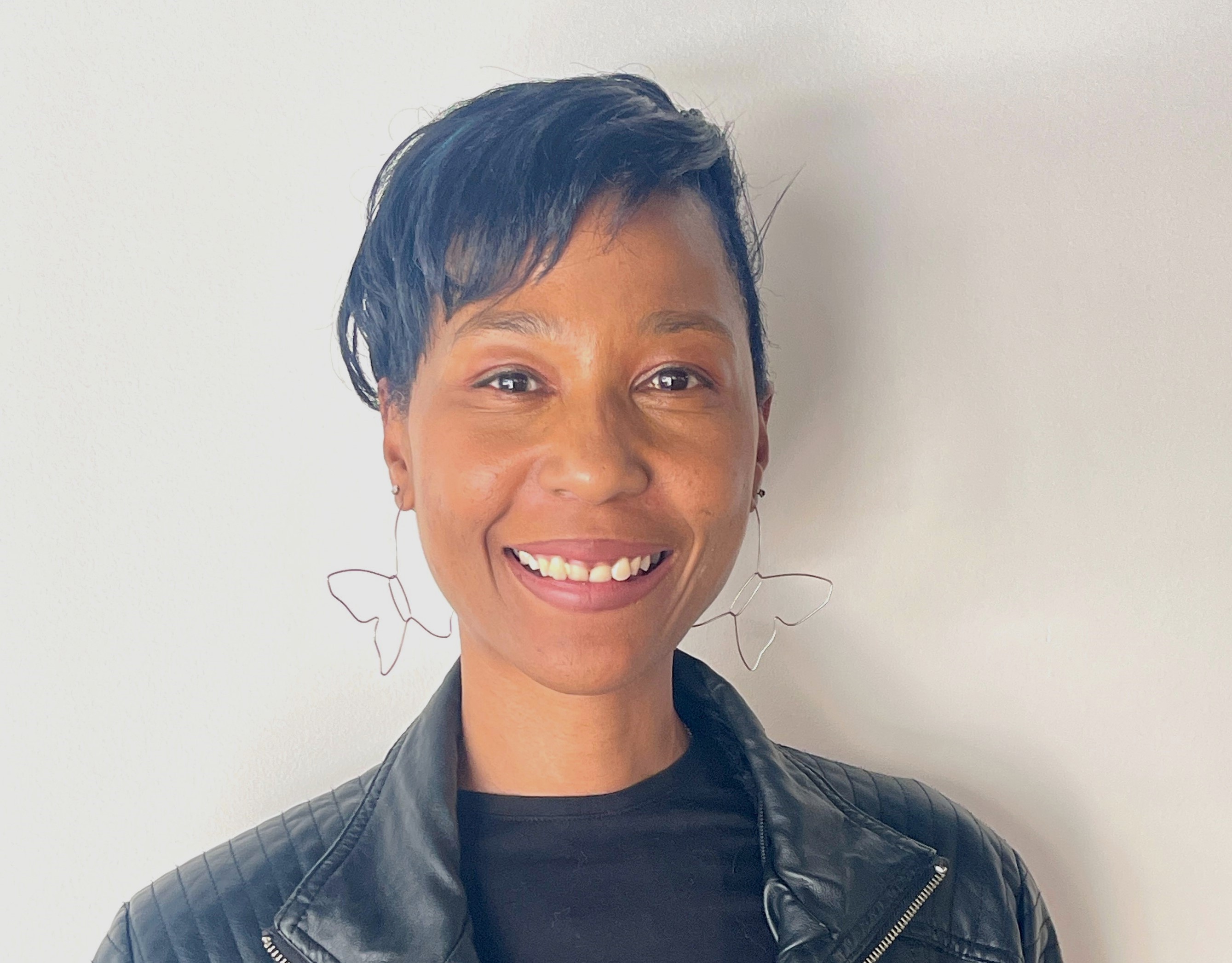
Tahiya Chin
Office Manager
/
chin@archsf.com
415-231-2470 x115
Tahiya is the Office Manager at Winder Gibson, providing administrative, accounting, and event planning assistance to the office. With 20 years of experience in the administrative field, a passion for working to maintain thriving office environments, and a strong team spirit, she frees up the WGA staff from routine and ad hoc work so that they can focus on delivering innovative designs to our clients.
Previously, Tahiya worked in a range of industries from healthcare to tech. Originally from Jamaica, she has lived in the Bay Area for 35 years. Outside of work, Tahiya enjoys spending time with her two children, travelling, and photography. She writes in her spare time and has self-published a poetry book.
Values

SOCIAL FLOW
Architecture is a social pattern. It guides us, gently or strongly, in the way we interact with each other and even with ourselves. A round dining table inspires a different kind of conversation than a long thin one. We design spaces with good social flow, improving rather than interrupting the lives of those who use them. We seek to understand and develop the social pattern desired by the client or context. From this, we generate an architecture that embodies that social pattern. Humans are inherently adaptable: we are all hermit crabs. We can sleep in an airport and cook on a picnic table. However, when the way you want to live is in alignment with the space you inhabit, friction is removed and a beautiful life is possible.
SOCIAL FLOW
Architecture is a social pattern. It guides us, gently or strongly, in the way we interact with each other and even with ourselves. A round dining table inspires a different kind of conversation than a long thin one. We design spaces with good social flow, improving rather than interrupting the lives of those who use them. We seek to understand and develop the social pattern desired by the client or context. From this, we generate an architecture that embodies that social pattern. Humans are inherently adaptable: we are all hermit crabs. We can sleep in an airport and cook on a picnic table. However, when the way you want to live is in alignment with the space you inhabit, friction is removed and a beautiful life is possible.
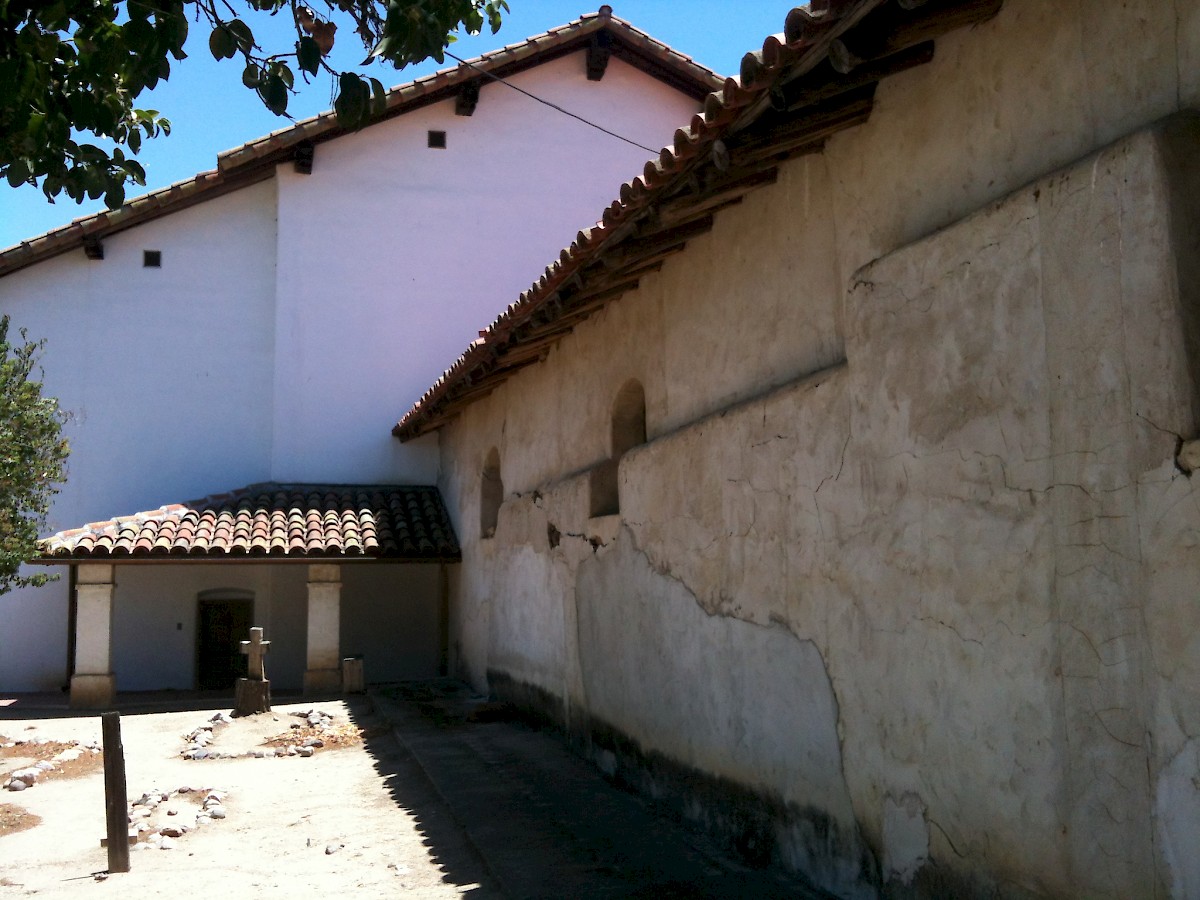
MATERIALITY
Architecture is both space and material, working together. The materiality of the building engages our senses. The feel of a smooth handrail on our hands. The smell of a freshly laid wood floor. The sound of our feet walking across that floor. Since we spend so much of our lives in and around architecture, we believe it is important to care about the physical embodied experience of that architecture. We tend towards authentic and understandable materials; both natural and man-made. We believe in durable materials that will withstand the test of time yet also love the patina that comes with age and use. We appreciate both humble and luxurious materials.
MATERIALITY
Architecture is both space and material, working together. The materiality of the building engages our senses. The feel of a smooth handrail on our hands. The smell of a freshly laid wood floor. The sound of our feet walking across that floor. Since we spend so much of our lives in and around architecture, we believe it is important to care about the physical embodied experience of that architecture. We tend towards authentic and understandable materials; both natural and man-made. We believe in durable materials that will withstand the test of time yet also love the patina that comes with age and use. We appreciate both humble and luxurious materials.
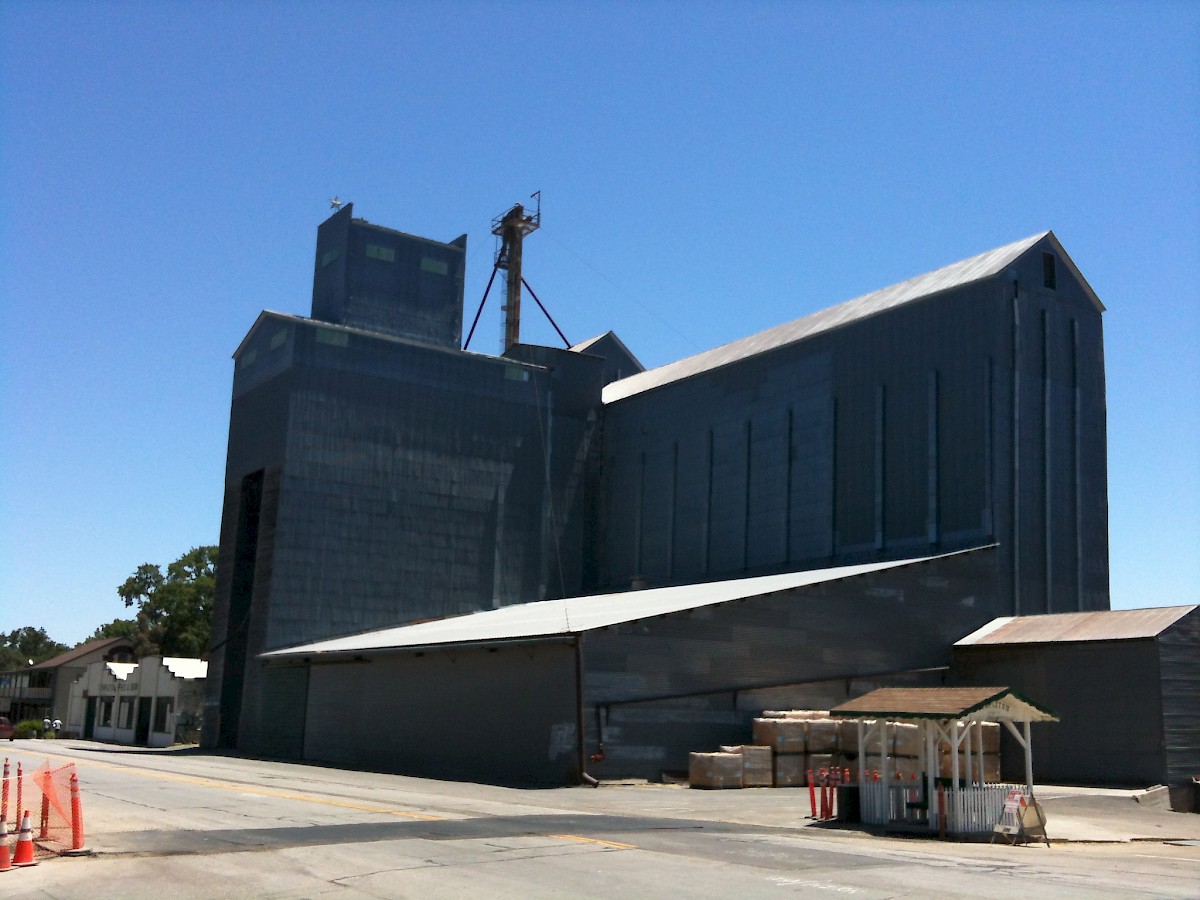
SEE THE BONES
Architecture has bones, both literally (structure) and figuratively (concept). We believe in seeing the bones. There is a satisfaction that comes in understanding how a building holds itself up, tracing the weight from the roof through the walls, beams and columns down to the ground. That said, there is also a certain drama inherent in the concealing of structure that can be used to great effect at times. We work very closely with good structural engineers to ensure that the structure and the architecture are acting as one, supporting and reinforcing each other.
SEE THE BONES
Architecture has bones, both literally (structure) and figuratively (concept). We believe in seeing the bones. There is a satisfaction that comes in understanding how a building holds itself up, tracing the weight from the roof through the walls, beams and columns down to the ground. That said, there is also a certain drama inherent in the concealing of structure that can be used to great effect at times. We work very closely with good structural engineers to ensure that the structure and the architecture are acting as one, supporting and reinforcing each other.
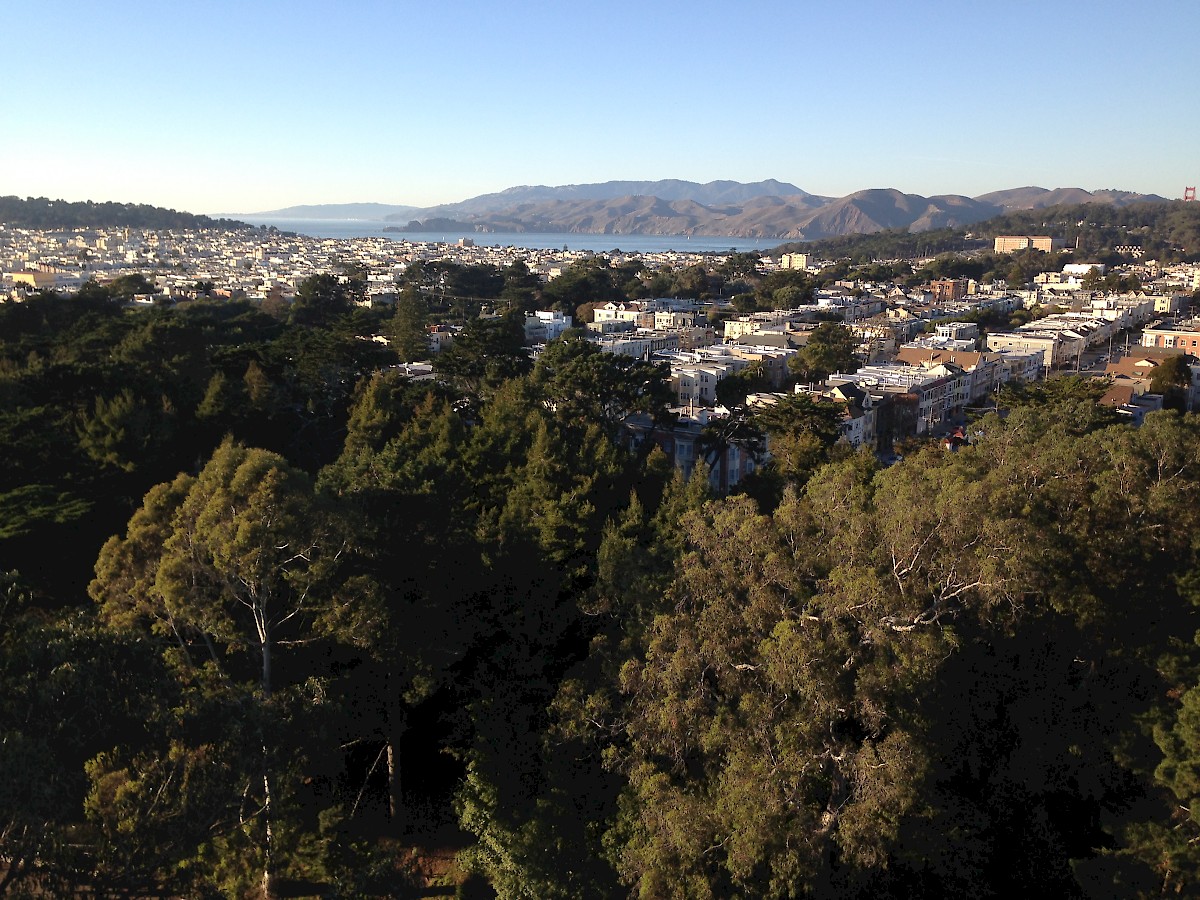
CELEBRATE THE EVERYDAY
We have a great appreciation for the people who actually build our buildings.The work of their hands and the diligence of their thinking is what makes everything possible.Paper architecture is not our goal. Each part of the world has a particular way of putting together buildings: a vernacular.In Northern California, it involves a lot of wood studs at 16” on center.We seek to understand the everyday way of making architecture and, where possible, celebrate it by making the most of it.Custom, unique and unusual also have their place, but there are many opportunities to celebrate the everyday and work with, not against, the wonderful people who build our buildings.
CELEBRATE THE EVERYDAY
We have a great appreciation for the people who actually build our buildings.The work of their hands and the diligence of their thinking is what makes everything possible.Paper architecture is not our goal. Each part of the world has a particular way of putting together buildings: a vernacular.In Northern California, it involves a lot of wood studs at 16” on center.We seek to understand the everyday way of making architecture and, where possible, celebrate it by making the most of it.Custom, unique and unusual also have their place, but there are many opportunities to celebrate the everyday and work with, not against, the wonderful people who build our buildings.

INDOOR / OUTDOOR
In Northern California, we have a wonderful opportunity for indoor/outdoor living. But this means more than big sliding doors and a deck. It is an attitude about designing architecture and the landscape. The traditional ‘box’ of architecture can be reconsidered and broken open. Rather than cut a big window in a wall, why not turn that wall into glass? The architecture can be extended out into the landscape and the landscape can be drawn into the architecture. Exterior rooms can be developed, augmenting the interior ones. A view of a tall tree is framed by a tall window.
INDOOR / OUTDOOR
In Northern California, we have a wonderful opportunity for indoor/outdoor living. But this means more than big sliding doors and a deck. It is an attitude about designing architecture and the landscape. The traditional ‘box’ of architecture can be reconsidered and broken open. Rather than cut a big window in a wall, why not turn that wall into glass? The architecture can be extended out into the landscape and the landscape can be drawn into the architecture. Exterior rooms can be developed, augmenting the interior ones. A view of a tall tree is framed by a tall window.
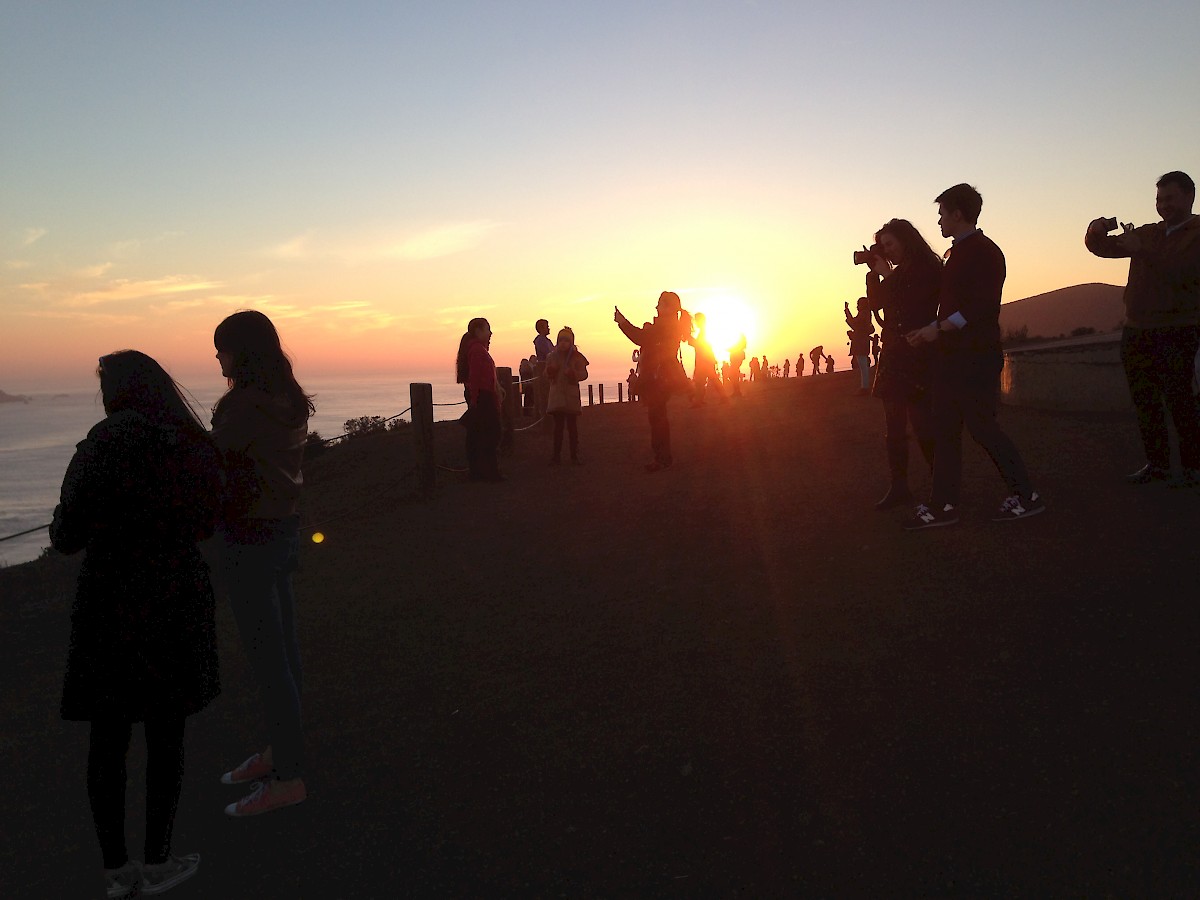
LIGHT
A hallmark of our architecture is light, carefully planned and orchestrated throughout the building. Natural light brings a building to life and shadows tell us about the form and nature of space. Sunlight can be harsh too and needs to be tempered at times. The sun tells us about the passage of time and we consider which rooms want morning or afternoon light. We seek to bring light into the core of the building in surprising and inspiring ways, drawn down through stairwells and double-height spaces.
LIGHT
A hallmark of our architecture is light, carefully planned and orchestrated throughout the building. Natural light brings a building to life and shadows tell us about the form and nature of space. Sunlight can be harsh too and needs to be tempered at times. The sun tells us about the passage of time and we consider which rooms want morning or afternoon light. We seek to bring light into the core of the building in surprising and inspiring ways, drawn down through stairwells and double-height spaces.

VIEWS
With the dramatic topography of the Bay Area, impressive views are often possible and desirable. We seek to frame and maximize these profound views. But views are also more than the city skyline or the distant hills. Views can be intimate and personal; the perfect framing of a sculptural oak tree or the scene of your kids playing in the backyard seen from the kitchen sink.
VIEWS
With the dramatic topography of the Bay Area, impressive views are often possible and desirable. We seek to frame and maximize these profound views. But views are also more than the city skyline or the distant hills. Views can be intimate and personal; the perfect framing of a sculptural oak tree or the scene of your kids playing in the backyard seen from the kitchen sink.

ZONING
Program in architecture refers to the uses of the various spaces; bedroom, bathroom, dining room etc. A well arranged program provides good social flow and a good social pattern. We look carefully at program and try to develop blocks of meta-program. Meta-programs are groupings of portions of the program together. For example, public spaces versus private spaces. Loud spaces versus quiet spaces. Adult spaces versus kid spaces. We use meta-program to develop a well-zoned building, reducing conflicts and improving functionality. The zoning of the building can often also impact the form and expression of the building. For example, the bedroom wing may be protected by stucco walls while the public section is largely glass and light wood siding.
ZONING
Program in architecture refers to the uses of the various spaces; bedroom, bathroom, dining room etc. A well arranged program provides good social flow and a good social pattern. We look carefully at program and try to develop blocks of meta-program. Meta-programs are groupings of portions of the program together. For example, public spaces versus private spaces. Loud spaces versus quiet spaces. Adult spaces versus kid spaces. We use meta-program to develop a well-zoned building, reducing conflicts and improving functionality. The zoning of the building can often also impact the form and expression of the building. For example, the bedroom wing may be protected by stucco walls while the public section is largely glass and light wood siding.
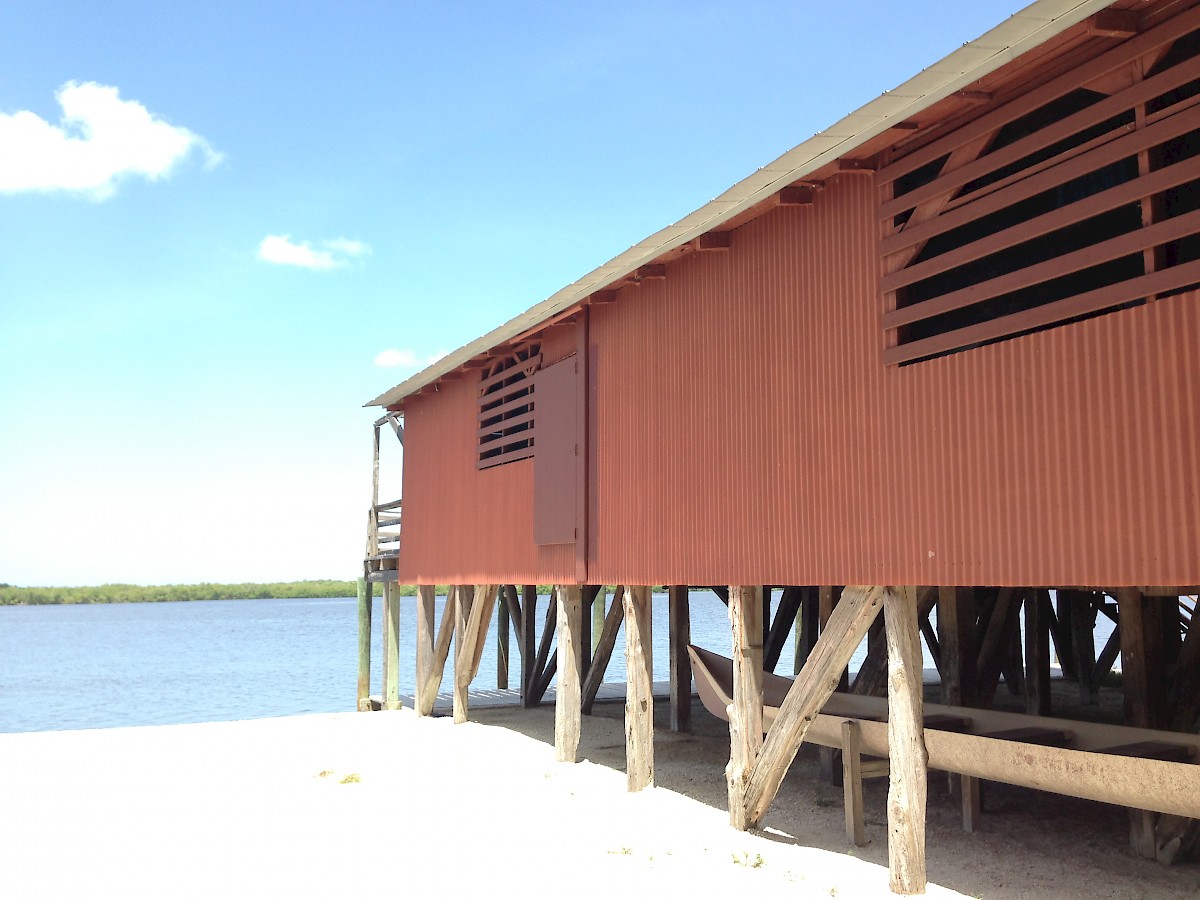
FLEXIBILITY
While architecture is a social pattern and we seek to tailor a well-fitting architecture to our clients, we also understand that life changes and is unpredictable. Architecture should never be a straightjacket. Just the right fit is needed leaving some breathing room for the unexpected. Can you have a slumberparty for 20 in your living room? When you dim the lights just so, does a candlelit dinner for two feel right in your dining room?
FLEXIBILITY
While architecture is a social pattern and we seek to tailor a well-fitting architecture to our clients, we also understand that life changes and is unpredictable. Architecture should never be a straightjacket. Just the right fit is needed leaving some breathing room for the unexpected. Can you have a slumberparty for 20 in your living room? When you dim the lights just so, does a candlelit dinner for two feel right in your dining room?

SEQUENCE
The experience of architecture is generally a dynamic one rather than a static one. We move through spaces, understanding them in motion, in relation to each other. Architecture is more like a film and less like a photograph. Knowing this, the sequence of spaces is very important, both functionally and poetically. That is experienced first, second, third? Is there both a formal (guest) experience of arrival and an informal (family) experience? How does the architecture affect our small daily rituals like getting up in the morning or sitting down to dinner? We work with our clients to understand and develop these narratives and make architecture around them.
SEQUENCE
The experience of architecture is generally a dynamic one rather than a static one. We move through spaces, understanding them in motion, in relation to each other. Architecture is more like a film and less like a photograph. Knowing this, the sequence of spaces is very important, both functionally and poetically. That is experienced first, second, third? Is there both a formal (guest) experience of arrival and an informal (family) experience? How does the architecture affect our small daily rituals like getting up in the morning or sitting down to dinner? We work with our clients to understand and develop these narratives and make architecture around them.
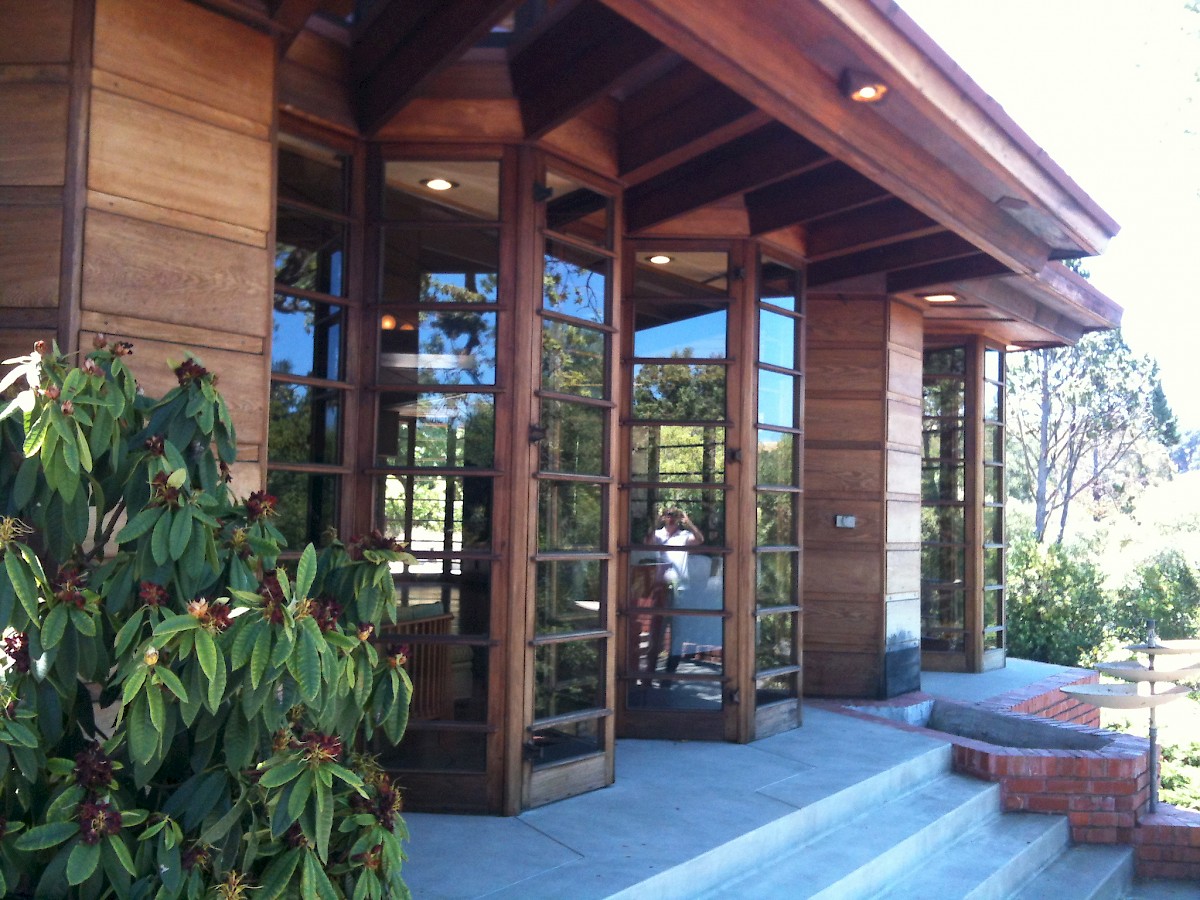
TRANSITIONS
Architecture is full of transitions. Each threshold between spaces affects both our perception of the space we are leaving and the one we enter. Thresholds affect the degree and quality of connection (or disconnection) between those spaces. Passing through a thick wall feels different than a thin one. A transition can be as subtle as a change in flooring or a beam overhead. It can be as heavy as a bank vault door. We have developed a large toolbox of architectural elements to help us create the right kind of transitions for each moment in the building.
TRANSITIONS
Architecture is full of transitions. Each threshold between spaces affects both our perception of the space we are leaving and the one we enter. Thresholds affect the degree and quality of connection (or disconnection) between those spaces. Passing through a thick wall feels different than a thin one. A transition can be as subtle as a change in flooring or a beam overhead. It can be as heavy as a bank vault door. We have developed a large toolbox of architectural elements to help us create the right kind of transitions for each moment in the building.
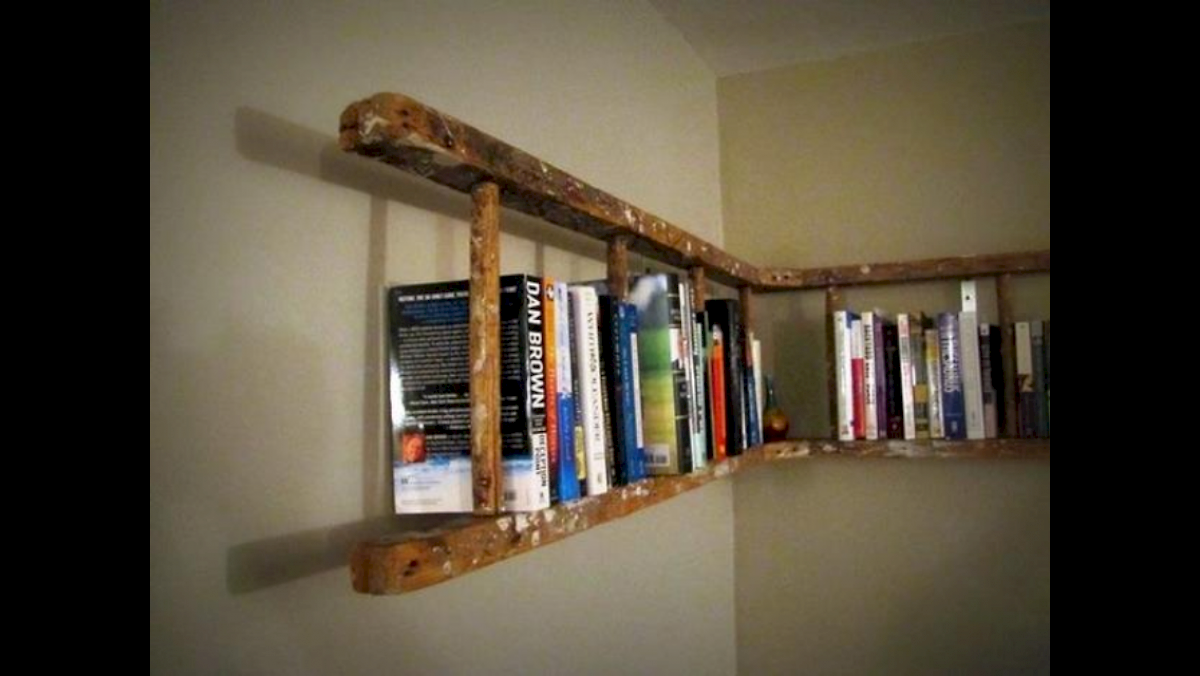
A WELL ORGANIZED SPACE
Everything in its place. This applies to a building with well-considered storage designed to handle the stuff of our lives. But it also applies to the building itself. We seek to reduce and align the architecture to create a clarity of space and form. Nothing jutting out. No weird corners. Simple clean spaces that are easy on the eyes and the brain. We group together ‘solid’ program such as storage and bathrooms, so that the remaining spaces can be open, clean and bright.
A WELL ORGANIZED SPACE
Everything in its place. This applies to a building with well-considered storage designed to handle the stuff of our lives. But it also applies to the building itself. We seek to reduce and align the architecture to create a clarity of space and form. Nothing jutting out. No weird corners. Simple clean spaces that are easy on the eyes and the brain. We group together ‘solid’ program such as storage and bathrooms, so that the remaining spaces can be open, clean and bright.

METAPHOR
Concept and metaphor are almost always present in architecture. These need not be complex or overwrought but do serve to organize and inspire the architecture. We often name parts or elements of our buildings (the saddlebag, the swiss army knife, the barcode in the sky) in order to playfully tease out their character and discuss them with our clients.
METAPHOR
Concept and metaphor are almost always present in architecture. These need not be complex or overwrought but do serve to organize and inspire the architecture. We often name parts or elements of our buildings (the saddlebag, the swiss army knife, the barcode in the sky) in order to playfully tease out their character and discuss them with our clients.

GEOMETRY
Geometry can help to organize and inspire architecture. We believe in using a subtle touch when it comes to geometry though. Repeated strong forms like the square or the circle can get heavy-handed very quickly. Geometry is best when it is well buried within the architecture, read at a subconscious level by its users. Still, the resonant presence of true geometries can almost always be felt and elevates our experience of architecture. Some of the geometric and compositional elements we use are axis, symmetry, balance, rhythm, the golden section and repeating proportions.
GEOMETRY
Geometry can help to organize and inspire architecture. We believe in using a subtle touch when it comes to geometry though. Repeated strong forms like the square or the circle can get heavy-handed very quickly. Geometry is best when it is well buried within the architecture, read at a subconscious level by its users. Still, the resonant presence of true geometries can almost always be felt and elevates our experience of architecture. Some of the geometric and compositional elements we use are axis, symmetry, balance, rhythm, the golden section and repeating proportions.
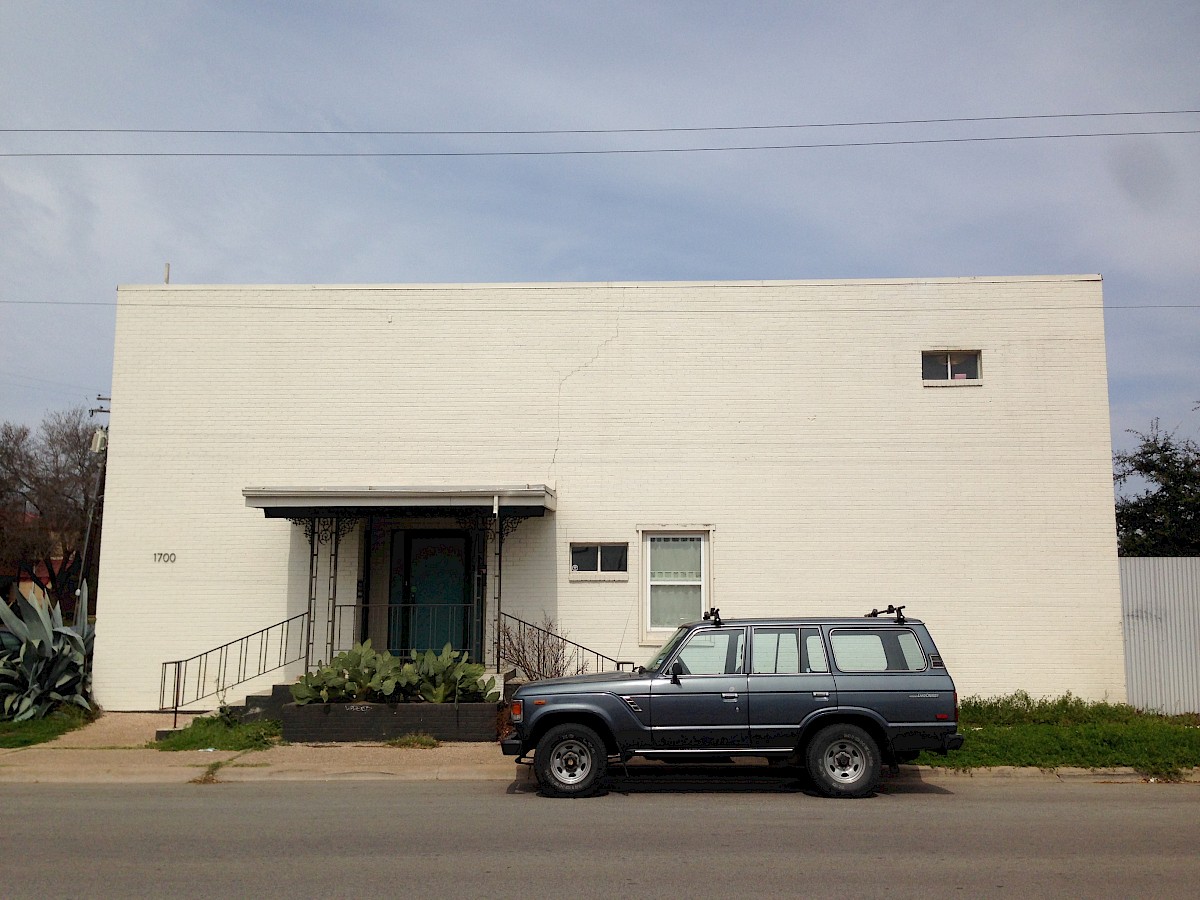
PURE FORMS
We are not minimalists. We do not subscribe to a totally reductive architectural approach. Still, we often seek to create buildings which are boiled down to clear and pure forms rather than a messy and confusing composition. Those pure forms can be realized in a variety of styles, materials and types of detailing, but underlying is always the deft hand of the architect, bringing clarify and organization through a care for the overall composition.
PURE FORMS
We are not minimalists. We do not subscribe to a totally reductive architectural approach. Still, we often seek to create buildings which are boiled down to clear and pure forms rather than a messy and confusing composition. Those pure forms can be realized in a variety of styles, materials and types of detailing, but underlying is always the deft hand of the architect, bringing clarify and organization through a care for the overall composition.
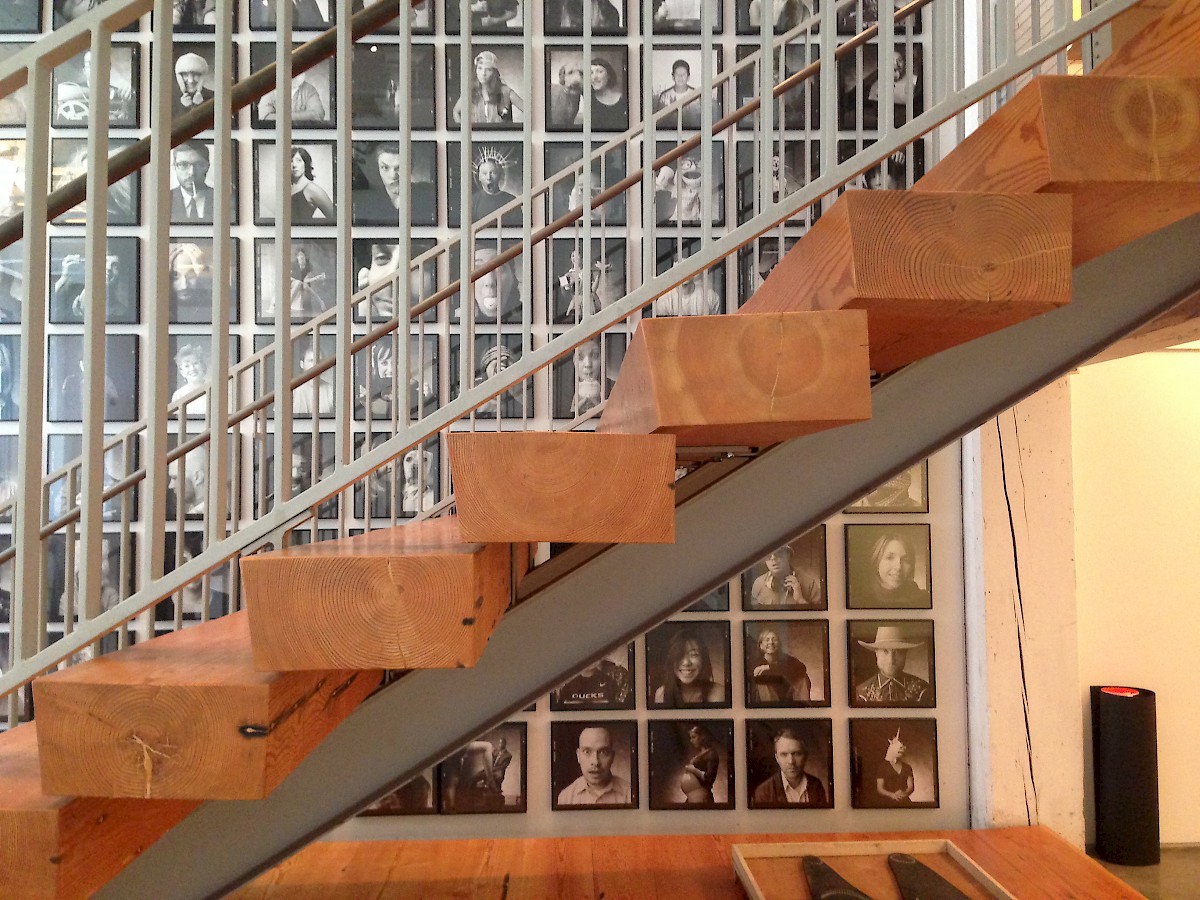
FLOWING SPACE
Over the past century, architecture has broken free of the box. It is no longer limited to a series of individual boxy rooms connected by little doorways. Flowing continuous space is possible allowing us to live with new connective social patterns. The ‘open concept’ plans of the early modern houses started this but it has come so much further. A flowing space need not be a space without definition or character though. Subtle but meaningful spatial definers (ceiling height, flooring, light, materials) can modulate the quality of the space even as it flows together, helping clarify the use and character of each part of the whole.
FLOWING SPACE
Over the past century, architecture has broken free of the box. It is no longer limited to a series of individual boxy rooms connected by little doorways. Flowing continuous space is possible allowing us to live with new connective social patterns. The ‘open concept’ plans of the early modern houses started this but it has come so much further. A flowing space need not be a space without definition or character though. Subtle but meaningful spatial definers (ceiling height, flooring, light, materials) can modulate the quality of the space even as it flows together, helping clarify the use and character of each part of the whole.
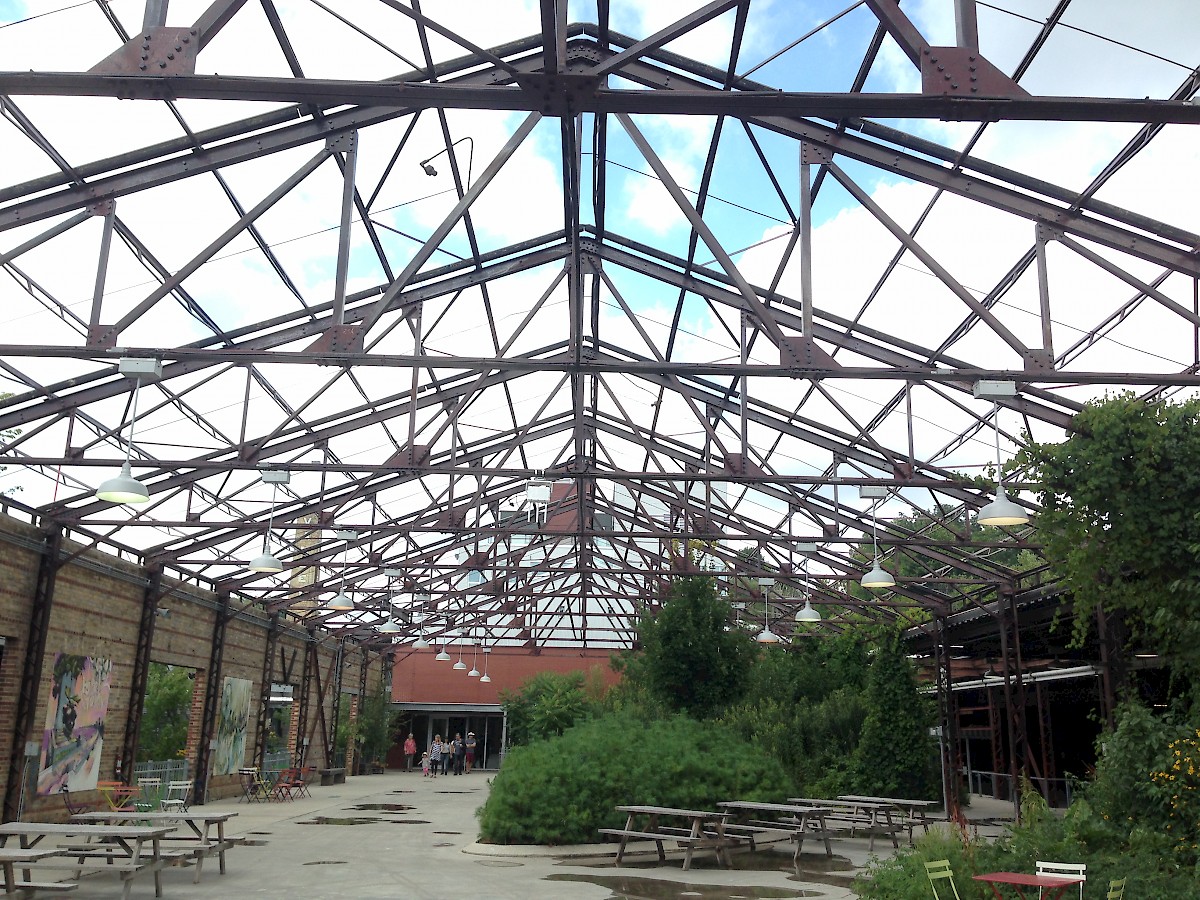
HISTORY
We believe in creating an architecture of the present but also believe in maintaining a strong understanding of the past. We work on many historic buildings, carefully deciding where new should look new and where new should build upon and connect with the past. We look to history for examples and inspiration. We don’t believe that contemporary architecture is a style, per se, but rather an attitude that can be realized in many different looks and materials. To mimic the past is disrespectful but to learn from it is beautiful.
HISTORY
We believe in creating an architecture of the present but also believe in maintaining a strong understanding of the past. We work on many historic buildings, carefully deciding where new should look new and where new should build upon and connect with the past. We look to history for examples and inspiration. We don’t believe that contemporary architecture is a style, per se, but rather an attitude that can be realized in many different looks and materials. To mimic the past is disrespectful but to learn from it is beautiful.

PLACE
Architecture is a fundamentally local artform. Every building exists on a site. The site is both literally the ground that is owned as well as the broader context: the street, the hillside, the neighborhood, the climate, the trees and more. This makes architecture a very specific act. A building that is perfect for one site might not work well a mile away. Architecture must respond to the site but also has a way of bringing forth the best qualities of a site, celebrating them and making them more present for the users. When finished, great buildings have a sense of always have been there, just right and intimately connected with the sense of place.
PLACE
Architecture is a fundamentally local artform. Every building exists on a site. The site is both literally the ground that is owned as well as the broader context: the street, the hillside, the neighborhood, the climate, the trees and more. This makes architecture a very specific act. A building that is perfect for one site might not work well a mile away. Architecture must respond to the site but also has a way of bringing forth the best qualities of a site, celebrating them and making them more present for the users. When finished, great buildings have a sense of always have been there, just right and intimately connected with the sense of place.

THE REGULAR AND THE IRREGULAR
Our architecture often seeks a playful dialogue between the regular and the irregular. What is consistent and what is varied? The restful rhythm of a series of horizontal wood slats contrasted with a varied series of windows, each telling the story of a complex interior arrangement. Life is full of repetition and also full of surprise. We believe architecture should be too.
THE REGULAR AND THE IRREGULAR
Our architecture often seeks a playful dialogue between the regular and the irregular. What is consistent and what is varied? The restful rhythm of a series of horizontal wood slats contrasted with a varied series of windows, each telling the story of a complex interior arrangement. Life is full of repetition and also full of surprise. We believe architecture should be too.
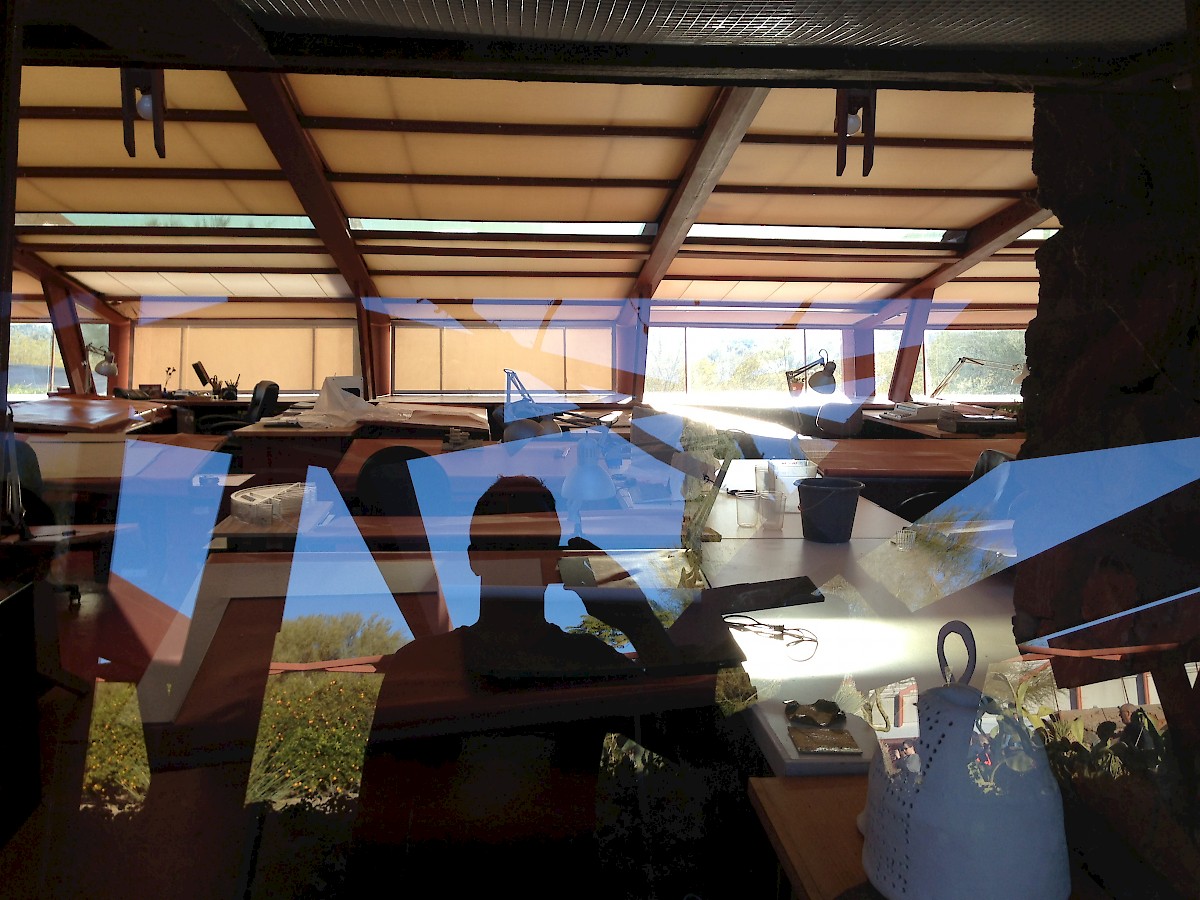
THE PLEASURE OF THE SMALL MOMENT
Being curled up in a window seat reading a book. The conversation that happens with your best friend while you both sit on the kitchen counter. The beam of sunlight that comes through a high window on winter afternoons. Architecture is program and function, structure, codes, budgets, site and so many other requirements. It is also the pleasure of the small moments.
THE PLEASURE OF THE SMALL MOMENT
Being curled up in a window seat reading a book. The conversation that happens with your best friend while you both sit on the kitchen counter. The beam of sunlight that comes through a high window on winter afternoons. Architecture is program and function, structure, codes, budgets, site and so many other requirements. It is also the pleasure of the small moments.

CLIENTS
Great architecture comes from the collaboration between the architect and the client. You inspire us and we surprise you. Together, we push the project much further than either of us could alone. We seek your input and ideas and love it when you respect and understand ours. Let’s do this together.
CLIENTS
Great architecture comes from the collaboration between the architect and the client. You inspire us and we surprise you. Together, we push the project much further than either of us could alone. We seek your input and ideas and love it when you respect and understand ours. Let’s do this together.

COLLABORATION
Winder Gibson Architects has always considered collaboration to be a significant part of our practice. We have participated in many projects with various individuals and firms including out-of-state and up-and-coming architects, artists, contractors, interior designers, event producers and real estate agents and developers. Both in-house and with other parties, we take a team approach to our work, keeping the best interests of the project and the client in mind, working toward a common goal. The projects seen here are the fruits of those collaborations.
COLLABORATION
Winder Gibson Architects has always considered collaboration to be a significant part of our practice. We have participated in many projects with various individuals and firms including out-of-state and up-and-coming architects, artists, contractors, interior designers, event producers and real estate agents and developers. Both in-house and with other parties, we take a team approach to our work, keeping the best interests of the project and the client in mind, working toward a common goal. The projects seen here are the fruits of those collaborations.


